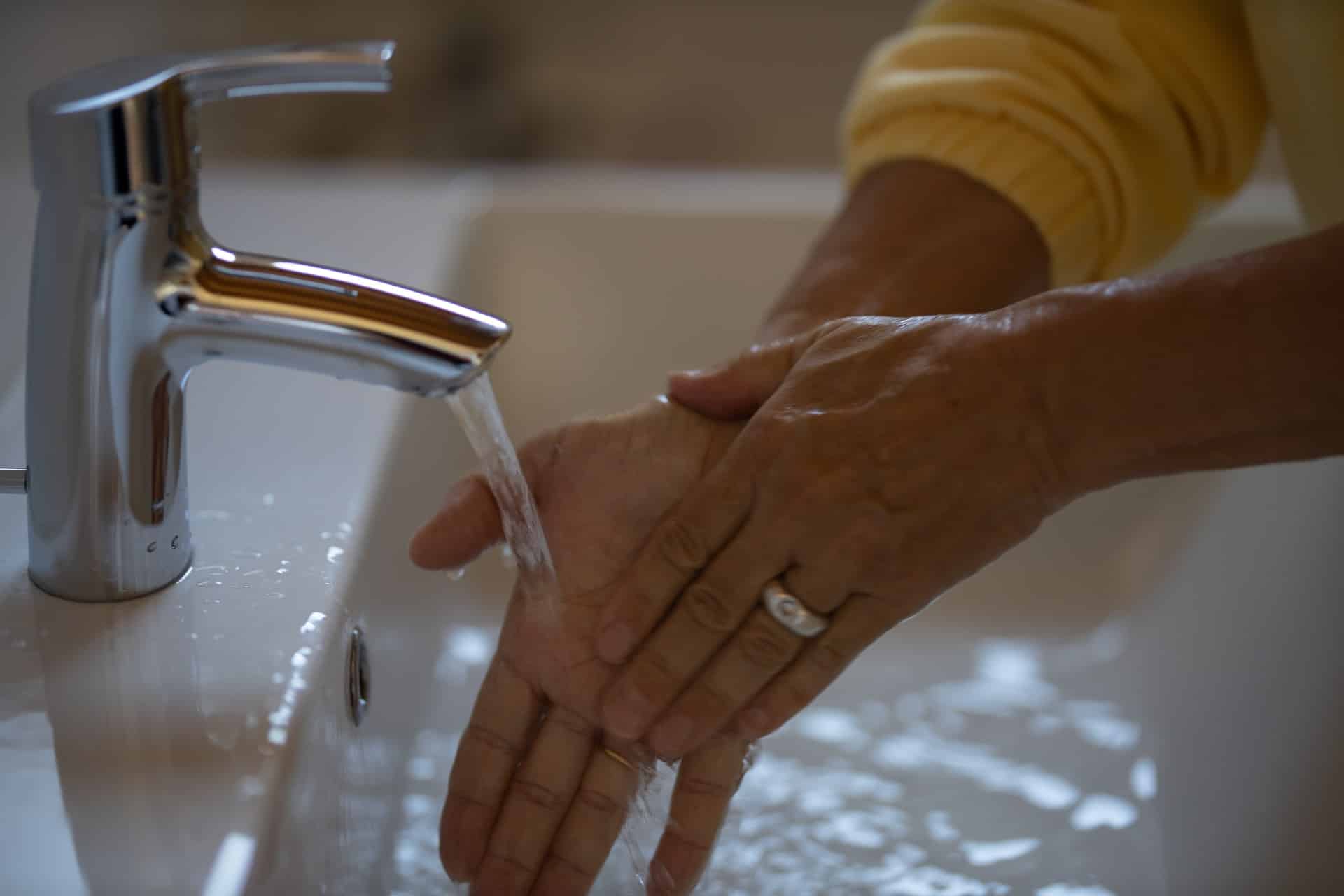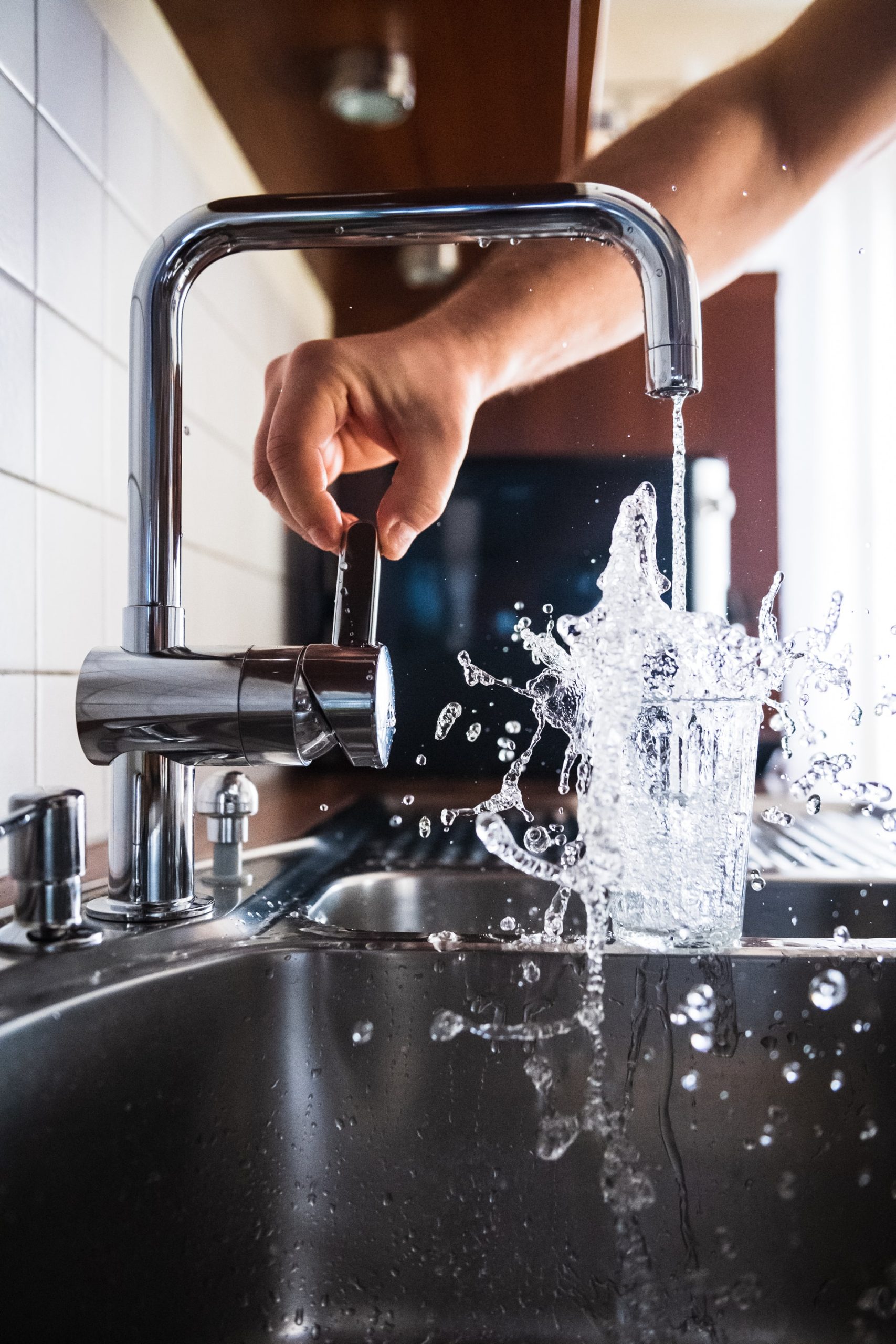A water softener is one of the most important yet one of the most overlooked things in the world. There are people out there who know that there’s something wrong with their water supply. They know that the white build upscale on their dishes and faucets aren’t normal. They know that their hair, skin, and organs are being affected due to the hard water that’s running through the pipes, but they still choose to ignore it.
If you are here right now, it’s obvious that the hard water supply in your house isn’t something that you are ready to ignore, and you do want to invest in a water softening system. For starters, it’s great news and a great step that you are about to take. On the other hand, just like everyone else, if you want to know the best tips to maintain the water softening system, then this is the right place for you.
Here are the best tips that can be used by anyone for any salt-based water softening system. If you don’t want to use and maintain a salt-based ion exchange system then look into getting a salt free system like Filtersmart. With these tips, you clearly won’t have to worry about the added expenses of repairs and replacements of a salt-based softener.
IMAGE: UNSPLASH
1. Check The Salt Level
You start getting hard water when the salt level decreases, and this is something you probably already know. Well, the first thing you need to do is to check the salt level if you really don’t want anything to go wrong with your water softening system.
To check this, what people usually do is that they use the thumb rule after every 4 to 6 weeks. It’s true that the frequency differs for each type of equipment, but no matter what it is, you are supposed to be careful about the salt level. If it’s right, there’s nothing to worry about, especially there’s nothing to worry about getting hard water in your pipes again.
2. Keep A Check On The Salt Bridges
When you start using the water softener on a regular basis, you’ll see this salt bridge in the brine tank. There are several reasons why these salt bridges appear in the first place, and some of them are; usage of poor quality salt, high humidity levels, and in some cases, it’s just the extreme temperature. The salt bridges are an issue for you because they become a hurdle for the resin beads, and it becomes difficult for them to regenerate. This is where you have to become a little responsible about the brine tank and make sure to get rid of the salt bridges inside.
3. Cleaning The Brine Tank
The brine tank is like the main component of the water softening system, so you have to keep it clean. Furthermore, you have to be very careful when cleaning the tank because if you don’t take proper measures, you might end up damaging the walls of the tank.
Each system comes with its own cleaning instructions, so instead of just blindly following your own instincts, do give the manual a read. The manual will have each and everything mentioned about how you need to clean the brine tank. Just follow the instructions properly. As far as the time to clean is concerned, you should clean the brine tank after every 6 to 12 months.
Conclusion
With these simple steps, you will find it easy and simple to maintain your water softening system. There’s no rocket science, and it’s all about keeping the brine tank clean and keeping the salt level in check. Just follow the tips, and you sure won’t have to worry about any repairs or replacements any time soon. And of course, if you are really tired of the ongoing maintenance of your salt-based water softener, a salt-free system that are now entering the market could be a good fit for those looking for a simple no maintenance solution to hard water.
If you are interested in even more lifestyle-related articles and information from us here at Bit Rebels, then we have a lot to choose from.


COMMENTS